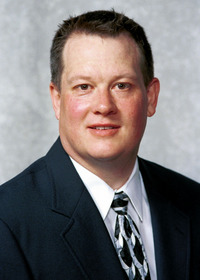Management of Sports Fields in Mississippi
There are more than 2,000 sports fields in Mississippi, the majority being used for football, baseball, softball, and soccer. Cities and communities throughout the state are constructing new or improving existing sports complexes to meet the demand for safe recreational activities. This publication provides coaches, groundskeepers, league employees, and concerned citizens with the basics of caring for natural turfgrass in its most visible and sometimes most stressed scenario.
Download the PDF for the full publication.
Publication 2086 (POD-02-25)
Revised by Jay McCurdy, PhD, Associate Professor, Plant and Soil Sciences; Barry Stewart, PhD, Professor, Plant and Soil Sciences; Alan Henn, PhD, Extension Professor, Agricultural Science and Plant Protection; Blake Layton, PhD, Professor (retired), Entomology; and Michael Richard, former Extension Associate, Plant and Soil Sciences; from earlier editions by David Nagel and Wayne Wells.
The Mississippi State University Extension Service is working to ensure all web content is accessible to all users. If you need assistance accessing any of our content, please email the webteam or call 662-325-2262.




